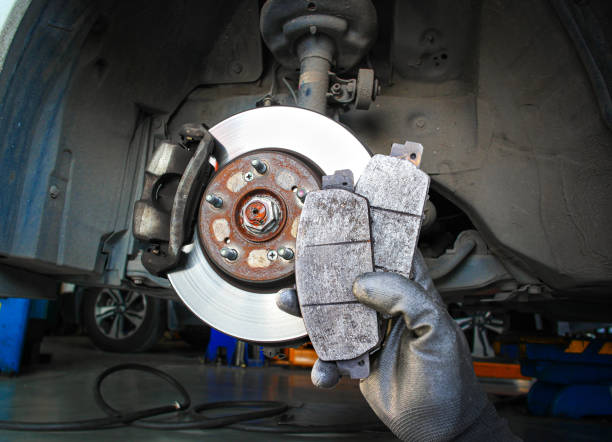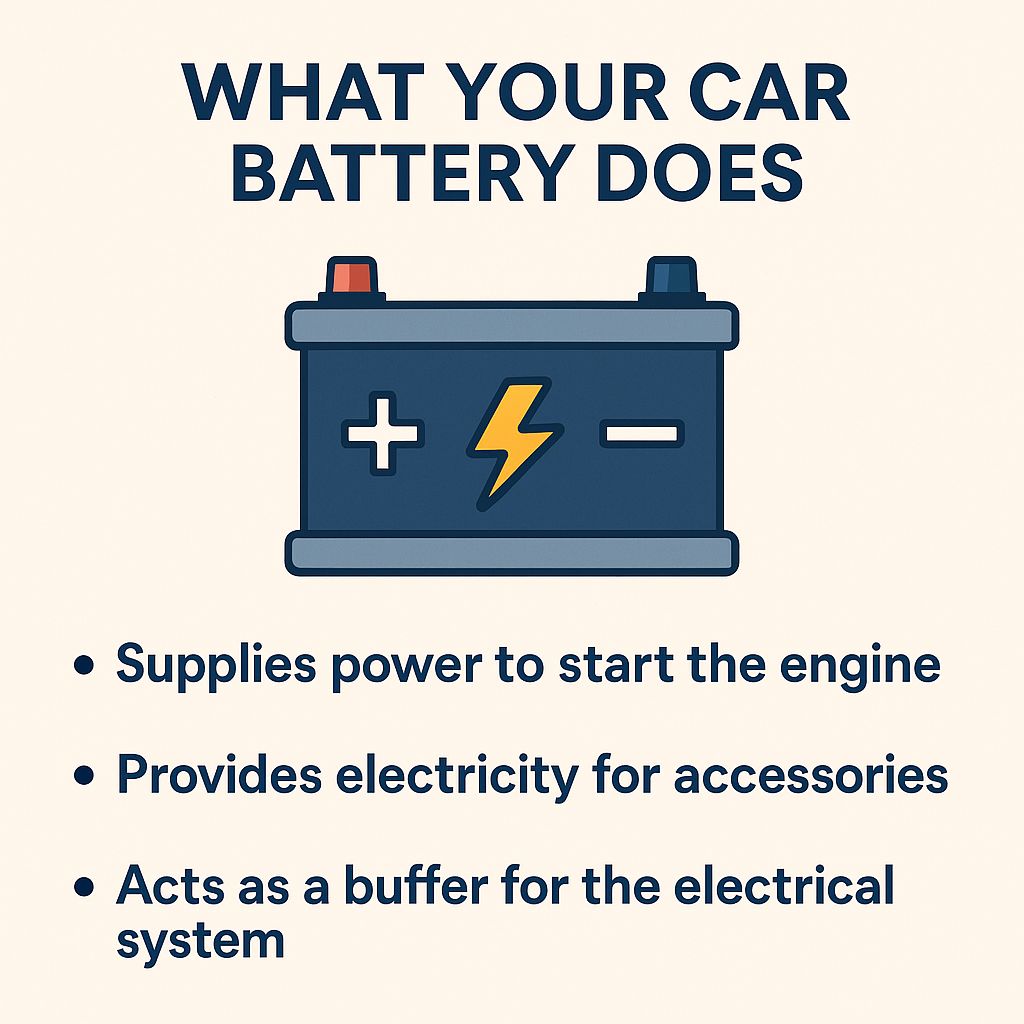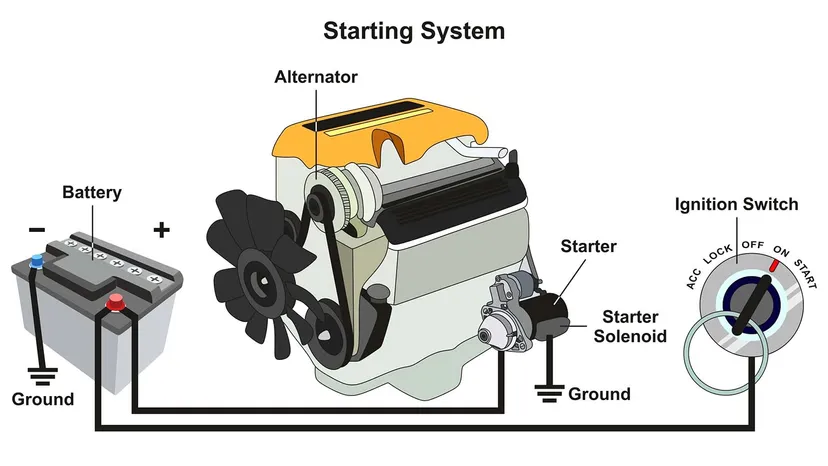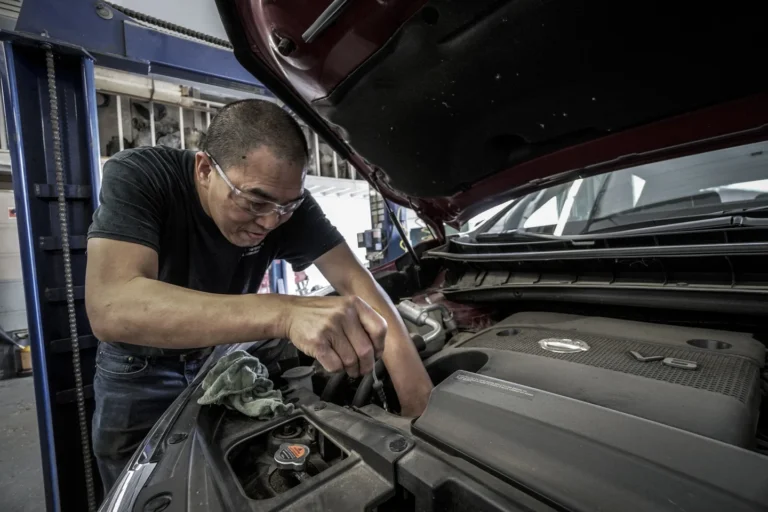
Similar Posts

Brake Pad Maintenance: Tips for Prolonging Lifespan and Ensuring Safety
Sharing is CaringBrake pads are a critical component of any vehicle’s braking system, responsible for bringing your car to a safe stop. Regular maintenance of brake pads not only ensures your safety on the road but also extends the lifespan of your vehicle’s braking system. In this article, we will explore essential tips for maintaining…

Is Your Car Getting the Preventative Maintenance It Needs?
Sharing is CaringPreventative maintenance is the care and protection of your vehicle against potential major auto repairs. It involves regular maintenance and inspections to keep your car running smoothly and avoid costly breakdowns. Here are some important steps to ensure your car is getting the preventative maintenance it needs: 1. Regular Oil Changes Oil changes…

Classic vs. Modern: Auto Parts That Changed the Way We Drive
Sharing is CaringThe automotive industry has always been a reflection of innovation. From the earliest cars with purely mechanical systems to today’s vehicles filled with sensors and electronics, auto parts have continuously evolved to enhance performance, safety, efficiency, and comfort. This journey from classic parts to modern technology has not only reshaped how vehicles operate…

The Major Benefits of Quality Replacement Auto Parts
Sharing is CaringWhile we are occupied with selling utilized car parts in Canada, we need to assist you with limiting your vehicle’s concerns, while augmenting its presentation and proficiency. One approach to achieving this is through legitimate support of your vehicle’s cooling framework. This significant framework keeps you agreeable in the traveler lodge while likewise…

DIY Car Maintenance Made Simple: The Role of Auto Parts Stores
Sharing is CaringOwning a car is a wonderful experience, but it comes with its fair share of responsibilities. From regular oil changes to unexpected repairs, vehicle maintenance can sometimes feel overwhelming. The good news? Auto parts stores have stepped up their game, making car care more accessible and convenient for everyone. Let’s explore how these…




